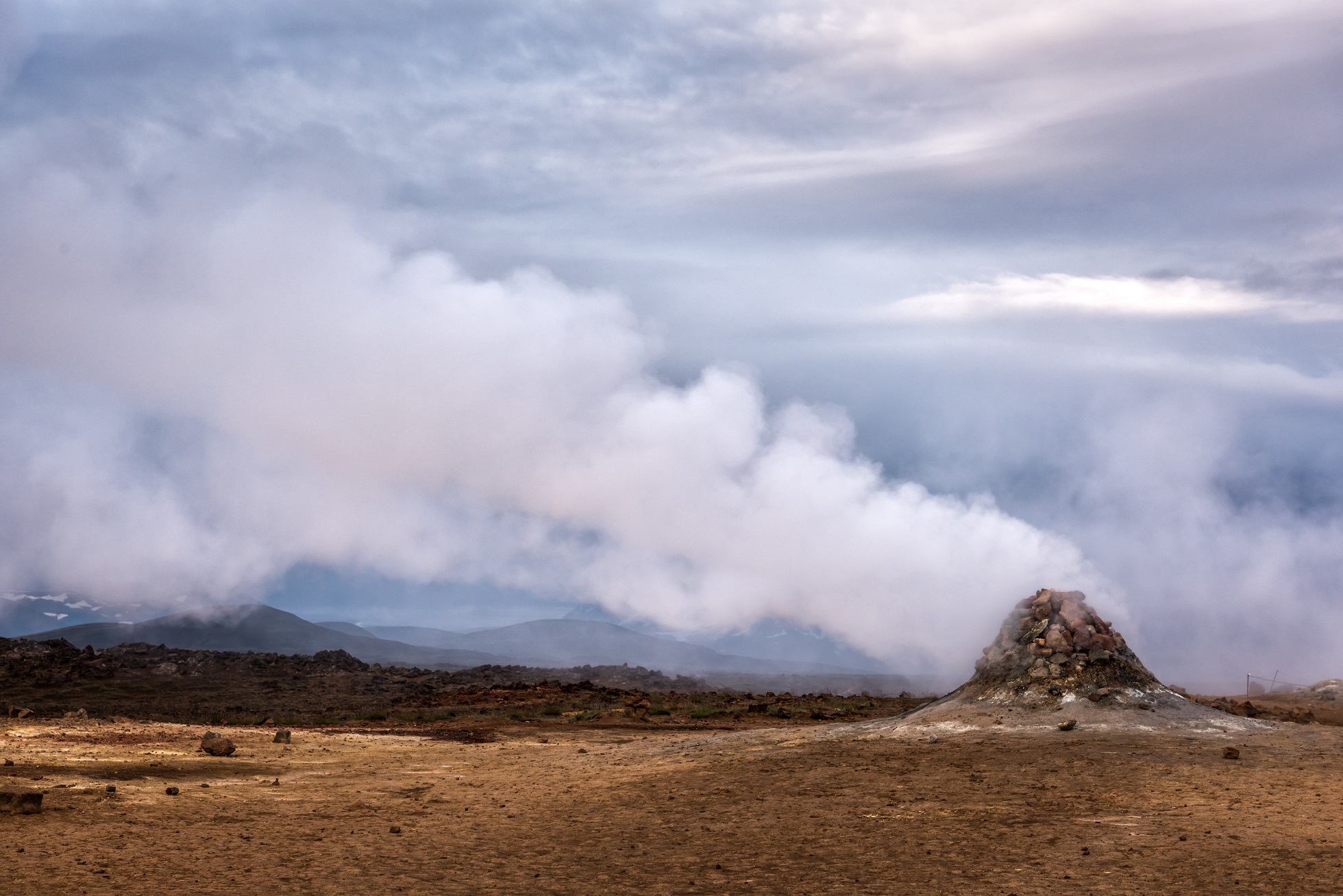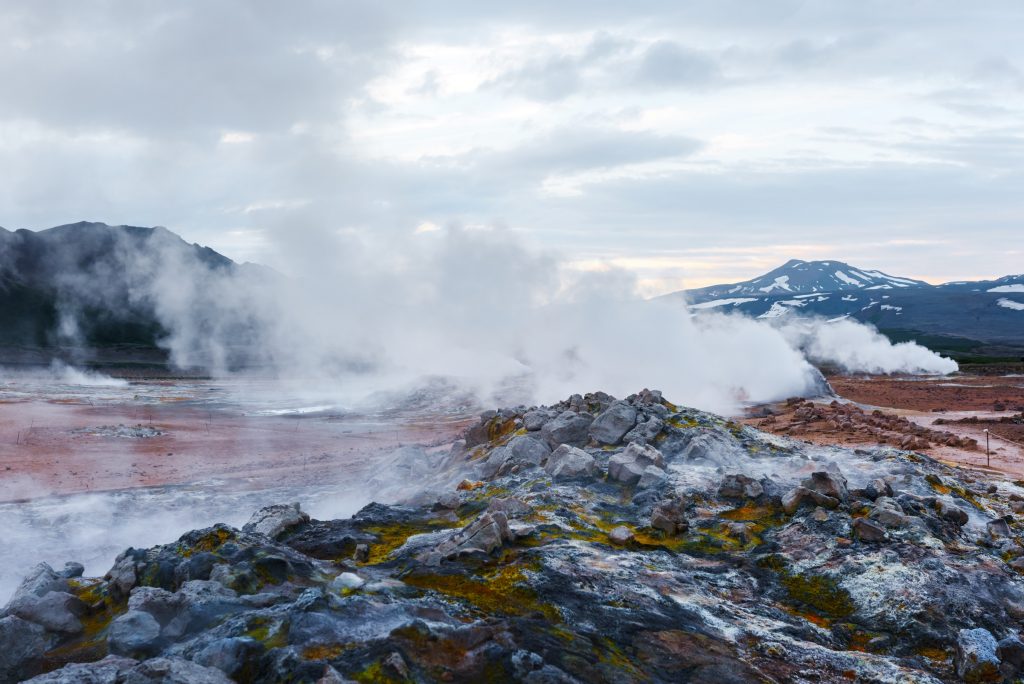
Short of the Andaman Islands, Ladakh is one of the remotest territories in India. It resides deep inside the Himalayan range. And is essentially surrounded by Pakistan, Tibet, and China.
This, combined with the harsh weather conditions makes it quite hard to sustain life. Still, there are thousands of people that live in this region. And they have their own heating and electricity needs that need to be properly addressed.
This is easier said than done, because at this altitude and remoteness. It is hard to sustain large-scale energy production. Or build reliable infrastructure for energy distribution.
Not to mention the environmental damage fossil fuel burning would do to this region. Unfortunately, that is still the primary source of power in this region. With natives having to burn millions of liters of diesel each year for basic survival.
It’s not like Ladakh doesn’t have other options for energy production. It gets at least 300 sunny days in a year and is conducive for solar power generation. There are also rivers that flow through this region. That could be potentially tapped for hydro-power.
Unfortunately, once again it is easier said than done. Mostly due to the hurdles presented by the harsh weather and general topography.
For example, it would be easy to set up a solar power plant in this region. Due to the vast expanses of unused land available. But solar power can’t sustain people during the night. The time when they need it the most.
Moreover, energy storage is not a cheap option to consider in this region. Not only because of the high price of battery storage. But also, the fact that any storage capacity being set up. Will require additional infrastructure to help it run in optimal condition.
That is not something that can be easily built or sustained. Additionally, the transmission and distribution losses will make it further unreliable. Thus, solar energy is not a complete solution for the residents.
The same can be justifiably said for hydropower as well. Since the rivers in Ladakh stay frozen for up to 8 months out of the year. Even when the rivers aren’t frozen. The volume of water discharged is not enough to sustain hydropower.
Even if all these factors are somehow accounted for. There are still unexpected natural disasters that can create issues with such systems. Such as floods and landslides, which are often known to lead to water blockages in this region.
There is one source of renewable energy that could be easily used for energy production. And if you were paying attention to the heading of the article, the answer is pretty obvious.
We are, of course, talking about geothermal energy. Ladakh has great potential for geothermal energy production. As it lies at the confluence of two continental plates. The very plates that gave the rise to the mighty Himalayas.
Thus, there are regions in this place that have easy access to geothermal spots. Two such promising locations are the Puga Valley and the Parvati Valley.
These valleys neighbor each other in the south-eastern part of Ladakh. They reside at an altitude of about 4400m and form a part of the Himalayan geothermal belt.
This means that they have an abundance of geothermal hotspots. Including but not limited to hot springs, mud pools, and sulfur and borax deposits.
In fact, Puga Valley alone has more than one hundred hot springs. Whose temperatures vary from 35 to 84 °C, with the latter being the boiling point of water at these altitudes.
These hot springs have a discharge of up to 5 L/s. That is enough potential geothermal energy to sustain a 20MW power plant. Even at the current shallow depth of drilling.
This alone could match about 40% of the electricity needs of the valley. That is the equivalent of up to 3 million liters of diesel burned every year. This easily translates to yearly savings of approximately $2 million.
This was even proven by a study conducted by the government in this region. Which was then published as a paper in the Geothermal Energy journal in 2017.
Unfortunately, this potential has been largely left untapped. Sure, there have been experiments to see how exactly these systems will work. But not a lot else has been actually done to turn it into a reality.
Advantages And Disadvantages of Geothermal Energy
There are only a handful of instances of geothermal power being properly used in this region. One of them was an R&D project set up by a Jammu-based Regional Research Laboratory.

They set up a small facility in the Puja Valley. To see if geothermal energy could help sustain mushroom cultivation and poultry farming. They set up a 30×20 ft insulated hut and temperature-controlled it in the range of 20 to 25 degrees. Using geothermal heat pumps.
This helped create a feasibility report on the development of geothermal zones. In the Puga Valley region for power generation purposes.
Another such experiment was a 5MW geothermal power plant. That is currently working at Manikaran, Himachal Pradesh. It supplies power to a cold storage plant. That uses geothermal energy to conserve vegetables and fruits.
As you can see, this is not nearly enough to meet the needs of the entire valley. We can only hope that with further development of geothermal technology. We will see more tangible solutions being presented for the people of Ladakh. Who still suffer from acute energy shortages due to the tough conditions of the region.
This will not only help them raise their standards of living. But also give a boost to the tourism industry, which is still the number one source of income in the region. As more and more businesses will be able to set up in the region. If they have a promise to reliable energy supply to sustain them.
Besides, with electric cars being championed as the future of transport. If we get proper reliable energy becomes available in the region thanks to geothermal plants. The people of Ladakh can also get over their connectivity hurdles. Which is one of the biggest problems plaguing in the remote region.
We just hope that the government will start to take more concrete steps in the future. To ensure the energy self-sustainability of the region, with the help of geothermal energy.
Potential geothermal development in Puga Valley/ Kashmir
Leave a Reply